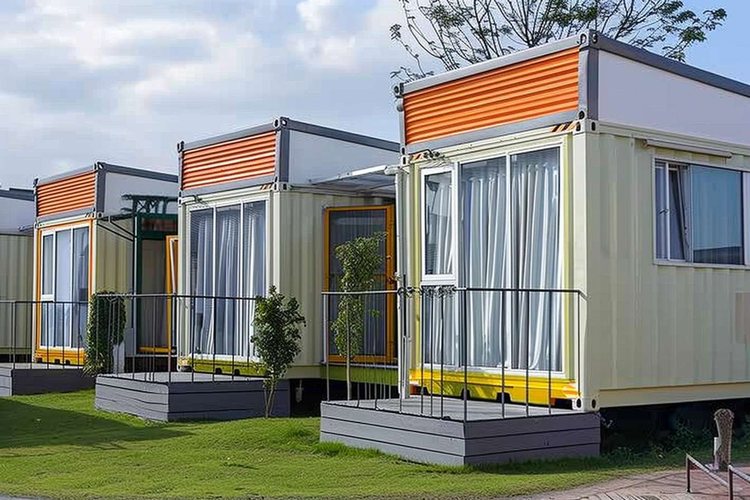The Modern Revolution: Understanding Prefabricated Homes
Prefabricated homes represent a significant evolution in residential construction, offering a blend of efficiency, sustainability, and modern design. These factory-built structures are revolutionizing the housing industry by providing faster construction times, reduced waste, and often more affordable housing solutions compared to traditional building methods. As housing demands continue to grow globally, prefab homes are emerging as a practical solution for both urban and rural settings.

Benefits of Choosing a Prefab Home
The advantages of prefabricated homes extend beyond just construction efficiency. These homes often feature superior quality control due to their factory construction environment, where weather-related delays and material degradation are non-existent. Additionally, prefab homes typically generate less waste during construction and can be more energy-efficient than traditional builds, leading to lower utility costs for homeowners.
Types of Prefabricated Housing
Several categories of prefabricated homes exist, each serving different needs and preferences. Modular homes are complete sections of houses built in factories and assembled on-site. Panel builds consist of flat components that are connected on location. Mobile homes, while also factory-built, are designed to remain transportable. Container homes, constructed from shipping containers, represent an eco-friendly alternative in the prefab market.
Construction Process and Timeline
The construction timeline for a prefab home is significantly shorter than traditional building methods. While a conventional home might take 6-12 months to complete, a prefabricated home can be ready for occupancy in 3-4 months. This efficiency stems from parallel processes where site preparation occurs simultaneously with home construction in the factory.
Cost Considerations and Market Comparison
The cost of prefabricated homes varies significantly based on size, style, and location. Here’s a comprehensive comparison of different prefab home types:
| Type | Average Cost Range | Construction Time | Key Features |
|---|---|---|---|
| Modular Homes | $180,000 - $360,000 | 3-4 months | Customizable, permanent foundation |
| Panel Built | $150,000 - $250,000 | 2-3 months | Energy efficient, flexible design |
| Container Homes | $30,000 - $200,000 | 2-3 months | Eco-friendly, highly durable |
| Mobile Homes | $50,000 - $120,000 | 1-2 months | Portable, lower cost option |
Prices, rates, or cost estimates mentioned in this article are based on the latest available information but may change over time. Independent research is advised before making financial decisions.
Quality and Building Standards
Modern prefabricated homes must meet the same building codes and standards as traditionally constructed houses. Quality control in factory settings often exceeds that of on-site construction, with multiple inspection points throughout the manufacturing process. These homes are engineered to withstand transportation and are built with durable materials that ensure longevity and structural integrity.
The rise of prefabricated homes marks a significant shift in residential construction, offering solutions that align with contemporary needs for efficiency, sustainability, and affordability. As technology and manufacturing processes continue to advance, these homes represent not just an alternative to traditional construction, but potentially the future of residential housing.






